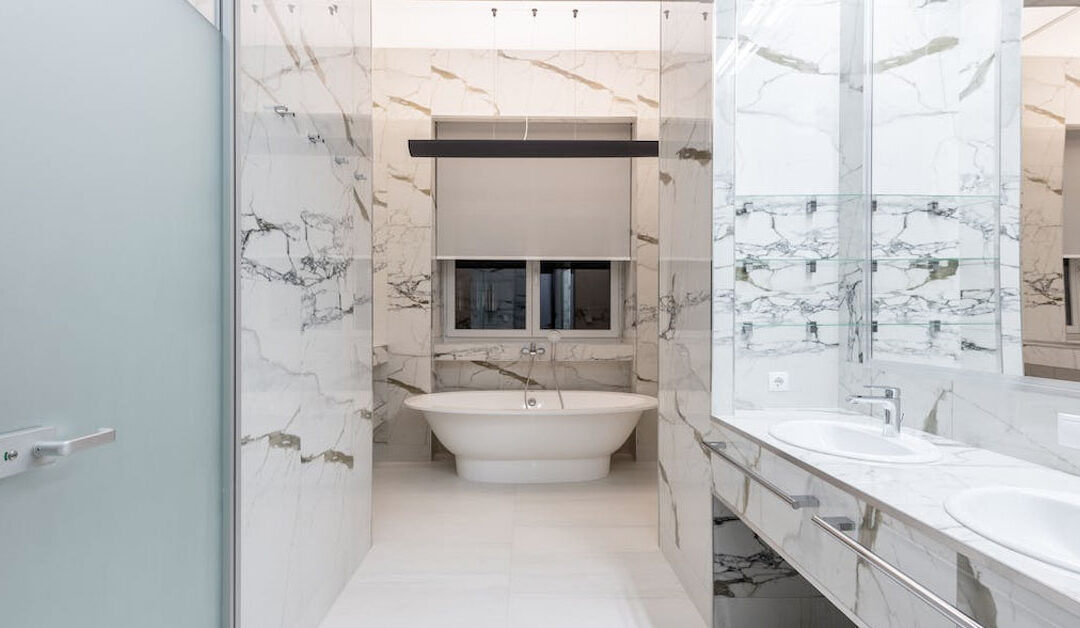Choosing the right flooring for a particular room can be a very stressful step in the renovating process. There are many essential elements involved; what is this room being used for? What are the benefits and drawbacks for each type of flooring? How can I make it practical for my home’s features while also keeping it aesthetically pleasing and inviting? There are so many options available on the market now that it can be a very immense, difficult situation to decide which is the best treatment. Here are just a few of the most frequently installed flooring types in order to help you make the most suitable decision for your home.
Hardwood
Hardwood flooring is regarded as a certified classic for a reason; it’s durable, stable, and beautiful for all seasons, as well as flattering for any decor style, and its toughness can withstand any possible damage. However, its constant upkeep and maintenance, along with its susceptibility to moisture, limits its practicality in rooms such as bathrooms, laundry rooms, and basements. Non-moisture-prone, low-traffic areas such as living rooms, hallways, and kitchens are the best for hardwood flooring in order to maximize its possibilities and make it sparkle for any home.
Laminate
Made from high-density fiberboard (HDF, created from recycled hardwood) and generated using a special 3D printing technology, laminate shares many similarities with hardwood flooring. Laminate is affordable, easy to install, and endlessly customizable and designable; it can replicate the style and feel of more natural flooring materials at a fraction of the typical cost. Its sturdy construction resists excess wear from scuffs, scratches, and warping, and it can be easily installed over existing floorings. However, laminate also shares many of the same drawbacks as hardwood; it’s not ideal for humid or high-moisture areas, and it’s unable to be refinished. This makes it best for living areas, kitchens, playrooms, and basements with no persistent moisture or risks for leaks.
Vinyl
Sheet vinyl or vinyl composite (VCT, made from a small amount of vinyl mixed with limestone and filler material) is another popular choice for flooring. Although its design options for color and pattern are limited, when compared with similar materials, vinyl is relatively inexpensive, easy in application, and resilient to water, making it ideally suited for high-traffic areas. However, it can have many drawbacks: it must be installed in pieces, transportation and repair are more difficult, routine waxing/finishing/polishing for protection can be costly, it’s easily prone to damage, and for earth lovers, it’s not the most eco-friendly option. Vinyl is best for kitchens, bathrooms, hobby rooms, and basements.
Ceramic
The defining characteristic for ceramic titles is their stability; they will not expand or contract in response to moisture and environmental changes and will not retain stains and scratches, meaning that it can potentially last forever. Ceramic tile flooring is also a favorite for any designer, coming in an incredible variety of colors, styles, and glazes. Its greatest strength, though, is also its main weakness. Customization, installation, and removal are expensive, messy, and time-consuming; it offers little to no flex or give-in and is especially prone to cracks and additional damage. In addition to bathrooms and kitchens, ceramic flooring is also a suitable option for sunrooms and open outdoor areas.
Carpeting
Carpeting is steadily growing as a popular choice for flooring for many reasons. Not only does it come in a variety of colors and designs that can be personalized for any decor scheme, but its insulation provides an added element of safety and comfortable hospitality for any home. The downside is that carpeting is easily absorbent towards moisture and stains and requires extensive maintenance (including vacuuming regularly and annual deep cleanings). This makes it the best choice for frequently used areas such as bedrooms, living rooms, and dens.

